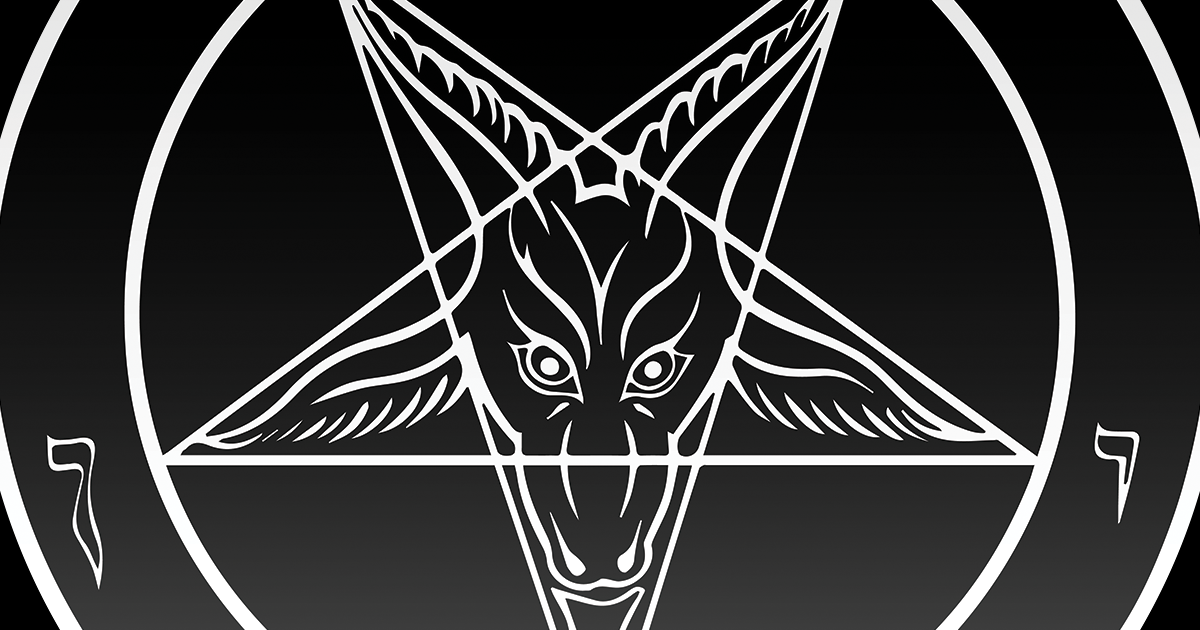Scope Art Fair at Stephen Romano Gallery Mar 8-11, NYC
Dealer, collector and curator of Outsider, Visionary, Esoteric and Occult Art, STEPHEN ROMANO GALLERY is pleased to announce it’s participation in the engaging SCOPE ART FAIR opening March 8 and continuing through March 11 at the Metropolitan Pavilion -125 W 18th St, New York, NY 10011. This will be the gallery’s second year presenting work at SCOPE.
Last years presentation of a solo booth of “The Anti-Christ of Photography” William Mortensen was an enormous success, prompting the gallery to return for a second time with a curated booth including important works by William Mortensen (1897 – 1965), Charles Dellschau (1830 – 1923), Wolfgang Grasse (1930 – 2008), Vintage Spirit Photography dating from 1880 through 1930, as well as contemporary art by Barry William Hale, India Evans, Alexis Palmer Karl and Vincent Castiglia.

William Mortensen “Preparation For The Sabbath” c. 1928 manipulated photograph
William Mortensen (1897 – 1965) was an American Photographer, primarily known for his Hollywood portraits in the 1920s-1940s in the pictorialist style. “Ansel Adams called him ‘the Antichrist’ and wanted him written out of history. But William Mortensen’s grotesque photographs of death, nudity and torture and are now having their day.. A monograph on the artist was produced by Feral House in 2014 to great acclaim, including major articles on the artist in The Guardian, The LA Times and The Smithsonian. In addition, many exhibition have included the art of William Mortensen, including “American Grotesque” at Stephen Romano Gallery, as well as exhibitions at The Museum of Old and New, Scope Art Fair, The Metro Show, The Outsider Art Fair, as well as a major solo exhibition at the Dark MoFo Festival curated by Barry William Hale in 2018.

Barry William Hale LEGION 49: Circle of Conjuration Printed on Aluminum and Plexiglass cutouts 2017
Barry William Hale has been described as an occult artist, while a superficially germane term; on closer inspection it radiates a self-consciously unwelcome specificity. Too redolent of those early twentieth century outsider artists whose work depended on visionary states, specific knowledge of ancient mysteries, or some other Qabalistic obscurity. Hale, it should be noted, has certainly done nothing to dissuade such labels, mischievously luxuriating in such terms when fitting.It is apparent from his biography that he is, for example, an outspoken member of the OTO. But such groups encourage individual exploration, undoubtedly an attraction to Hale whose very genealogy radiates the outlaw.

Wolfgang Grasse (1930 – 2008) “South East Garden / Garden of Ultimate Love” 1990 Acrylic on Panel
Wolfgang Grasse was born in Dresden, Germany, in 1930. After private artistic training first by his grandfather, Feidrich Grasse, and then later studying in Italy, he returned to a partitioned post-war East Germany. There he was imprisoned for his cartoons critical of Soviet propaganda. He was sentenced to serve 25 years in prison. After serving 8 years of this sentence, he was granted an amnesty and released. He migrated to Australia in 1966 & has had numerous exhibitions.
Wolfgang’s art revisits medieval themes in which we find medieval weaponry replaced by that of the 20th century: the machinery of 20th century warfare which was capable of fulfilling the medieval prophesies borne of the plague. His paintings must be seen in the context of MAD – mutually assured destruction – at the height of the cold war. And although we, the public, now feel safer, the weapons currently at our disposal – chemical and biological – can visit upon us a fate both more immediate and final than that of a nuclear war, albeit one less spectacular.
Wolfgang’s style shares many elements with that of the Vienna School of Fantastic Realism: “Fantastic Realism cannot be compared with Surrealism as a garden cannot be compared with a jungle. The fantasy of the Surrealist comes from the subconscious without formal order or relation, whereas the Fantastic Realist uses his images selectively. He uses old and new symbols to express his art purposefully and to show that the human situation never really changes in its eternal truths. The automatism of images of the Surrealist are a sharp contrast to the meaningful symbolism of the Fantastic Realist.” Wolfgang Grasse
More on the artists at the SCOPE ART FAIR at:

